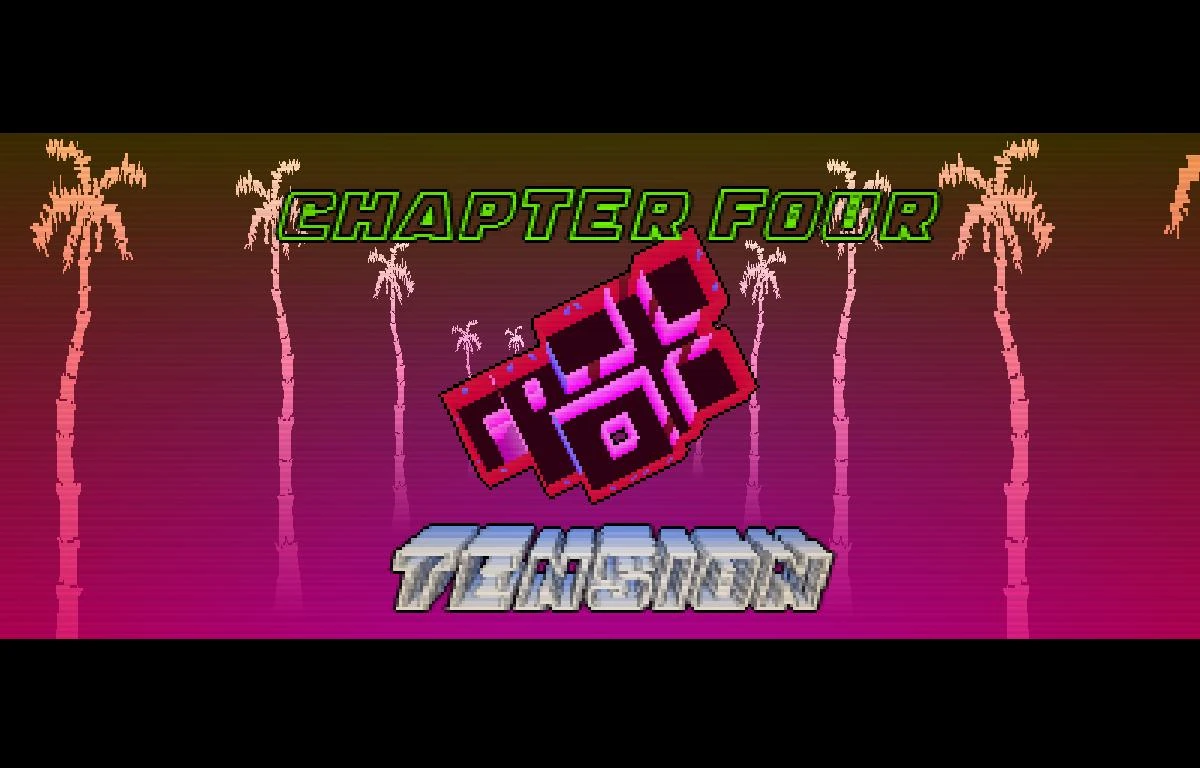For a RPG and food blog, I don't have much to say about food here. So, time for the second blog about food, celebrating Turkey Day. I apply that old school, DIY attitude to making food, making delicious stuff with both traditional and new methods.
So for this, I have decided to do something different with the turkey. See, I have a sous vide thermocirculator I got for myself as a graduation gift. It's a really handy device that lets me cook things in sous vide. What's sous vide? Well, it's when you store a food item in a ziplock bag or other plastic bag, then cook it in water that is kept at a certain temperature. It keeps the food at a constant temperature and lets you fire and forget, working on other stuff. To learn more, you can go to ChefSteps or Serious Eats for more information.
So I've been rocking that and have decided to sous vide the turkey pieces. This is to ensure correct cooking time, maximum juiciness, tenderness, and flavor. In addition, dark meat cook to a higher temperature than white meats. Cooking the breasts together and away from the thigh quarters ensures that the breasts don't end up dry and boring. So starting, I needed the turkey.
 |
| I made a bit of a mess here. |
I went with a young turkey because I'm only feeding three people. So it'll be enough, especially with sides and such. With this, I broke down the turkey carcass into quarters. Two leg quarters and two airline breasts. One thing that was disappointing was that the company that pre-trussed the legs screwed up the skin on the tips of the turkey breast. Shame, as I really wanted it to cover the whole breast for searing. No worries though, we can manage.
 |
| Top two: Leg Quarters; Bottom two: Airline Breasts |
An airline breast is a breast cut that retains the forewing bone. This was mostly for looks, so that it'd look the same as the leg quarters. Sadly, I screwed up the skin on the bottom left turkey breast. I'm getting out of practice. I also removed the thigh bone from the two thighs up top. Again, this was for symmetry and also for ease of slicing when I serve everything cooked up.
From this point, I seared all of the turkey pieces on a cast iron pan for maximum browning! Did it for a minute skin side down so that we can get the skin nice and crispy, then took it off. While I'm getting all of this prepped up, I have the thermocirculator heating the water to 167 F. Once the turkey pieces were seared on their skin side, I put each piece in a separate ziplock bag. In this bag, I also put olive oil, salt and sugar to brine while cooking, and some herbs. For salt and sugar, I like to go 5 parts salt to 2 parts sugar. Then I cover the pieces of meat with them fairly heavily. For herbs, I like rosemary and thyme with a bit of sage. Can't go wrong with that.
Now, we have our four bags, each with their flavorings and their turkey quarter. I elected to do the legs first, but you can start with the breasts. Here are the turkey leg quarters cooking in the sous vide hot bath.
 |
| Nice browning on these bad boys. |
These suckers will be in there for seven hours. Plenty of time to kick back and relax, maybe plan out the sides. When they are done, I put them in an ice bath to bring down the temperature, then store them in the fridge until Thanksgiving. Because they are already cooked to the temperature required for doneness, it's all a matter of reheating by searing it again. I'll show you what I do with them on Thursday. From here, I repeat the process, but bring the temperature down to 131 F and do the breasts for eight hours.
Thing is, now I have a carcass laying around. And with that, plus the wings and thigh bone, and all of the other offal (neck, gizzard, heart, liver), I still have a lot of stuff lying around. Do we through that away? Hell no. Throw it all into your biggest stock pot, throw some whole carrots and halved white onions and celery, fill with water, and put it out to make turkey stock.
 |
| DIY applied to cooking. |
In mine, I also threw in some garlic cloves, black peppercorns, and bay leaves. I love that extra flavor. The stock stays on a simmer for 6-8 hours. You can also roast your carcass for extra flavor. I like to put my oven to 225 F and then place the stock pot in there to cook for eight hours. After that, strain it and cool it off so you can store it for later. I will be using this for gravy, but you can also use this to flavor your rice instead of using just water. Or make an awesome turkey soup. Or turkey polenta/grits. Maybe a turkey flavored gastrique.
That's the start of my Turkey Day. I plan on having some pictures and actual recipes of the sides in the coming two days. I'll also post up a picture of the finished turkey stock later. Until then, have a great Turkey Day!


